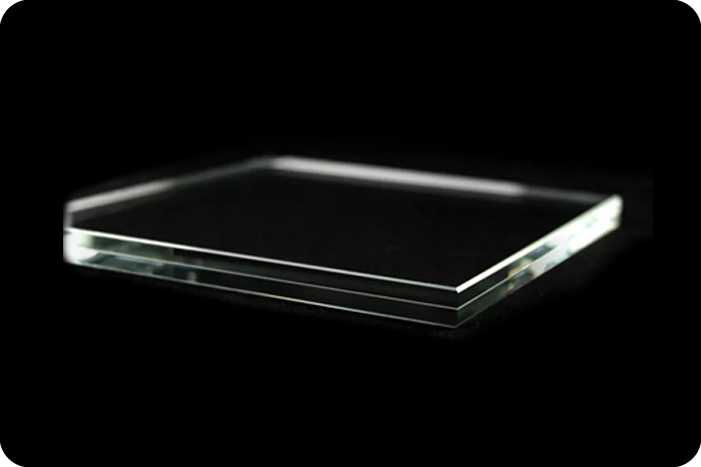Low reflective laminated glass is a specialized material used in applications where glare reduction and optical clarity are critical, such as in high-end architectural designs, museum displays, and automotive windshields. Achieving low reflectivity in laminated glass involves a combination of advanced manufacturing techniques and material science innovations. One of the primary methods is the application of anti-reflective (AR) coatings, which are designed to minimize the amount of light reflected off the glass surface. These coatings are typically composed of multiple layers of metal oxides, such as silicon dioxide (SiO2) and titanium dioxide (TiO2), which are deposited onto the glass surface using techniques like chemical vapor deposition (CVD) or physical vapor deposition (PVD). The thickness and refractive index of each layer are carefully controlled to ensure that destructive interference occurs, effectively canceling out reflected light.
Another critical technique is the use of low-iron glass as the base material. Traditional glass contains small amounts of iron, which can impart a greenish tint and increase reflectivity. Low-iron glass, on the other hand, has a significantly reduced iron content, resulting in a clearer and more transparent material with lower inherent reflectivity. This type of glass is often used as the substrate for laminated glass, providing a foundation that enhances the effectiveness of AR coatings.

The lamination process itself also plays a crucial role in achieving low reflectivity. Laminated glass is typically composed of two or more layers of glass bonded together with an interlayer, usually made of polyvinyl butyral (PVB) or ethylene-vinyl acetate (EVA). The interlayer not only provides structural integrity and safety but can also be engineered to have specific optical properties. For instance, the interlayer can be treated with additives that reduce reflectivity or enhance light transmission. Additionally, the bonding process must be meticulously controlled to avoid introducing air bubbles or other imperfections that could scatter light and increase reflectivity.
Surface texturing is another technique used to reduce reflectivity in laminated glass. By creating a microscopically rough surface, light is scattered in multiple directions rather than being reflected directly back. This can be achieved through processes like acid etching or mechanical abrasion. However, surface texturing must be carefully balanced to avoid compromising the glass's transparency or introducing visual distortions.
Finally, the integration of nanotechnology has opened new possibilities for reducing reflectivity in laminated glass. Nanostructured coatings, which consist of arrays of nanoscale features, can be applied to the glass surface to manipulate light at the molecular level. These coatings can achieve extremely low reflectivity across a wide range of wavelengths, making them ideal for applications where optical performance is paramount.





